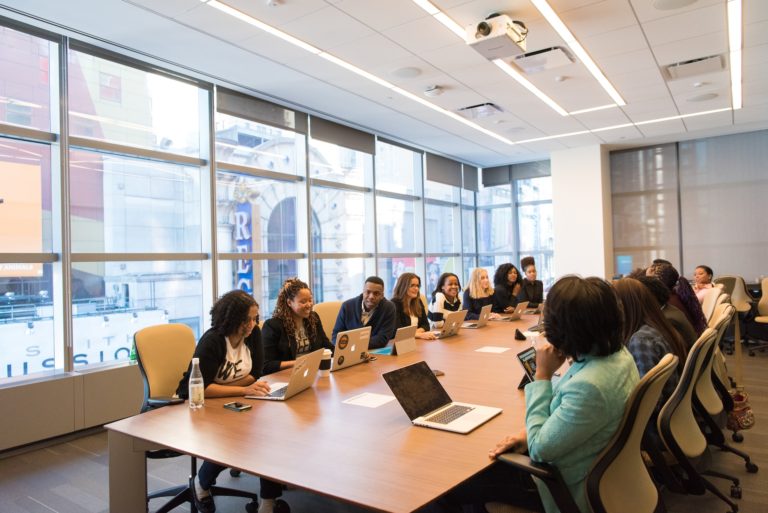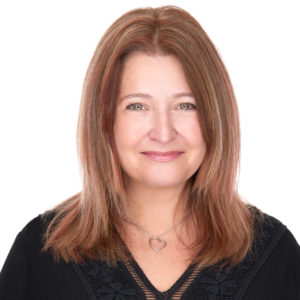4 Ways to Break Bias in the Workplace
February 27, 2023
If you have a brain, you’re biased! We create biases all of the time. They help us to speed up our ability to make decisions. Building awareness of our own bias can help us to understand the perspectives of others and make more objective decisions. We’ve broken down four key areas you can focus on to break bias in the workplace:
1. Understand the Concept and Impact of Bias
- Learn about different types of unconscious biases that impact our workplace
- Identify personal biases and beliefs that might be impacting your behaviours and actions
- Learn to accept and label biases

2. Practice Perspective-Taking
- Use tools to help you to seek understanding and consider how others are perceiving a situation
- Practice empathy and compassion
- Broaden your perspective through conversations. For example – invite community members to speak about their experiences
3. Identify Ways to Break Bias
- Create a mini audit of personal practices or processes that might be negatively impacted by bias
- Improve workplace processes and systems to mitigate bias
- Consider how to address bias when it’s seen for your employees
- Establish goals to create a more diverse and inclusive workplace
4. Increase Conversations Towards a More Diverse and Inclusive Workplace
- Hold focus groups to learn more about the experiences of your workforce
- Create a Diversity, Equity and Inclusion Policy
- Establish Employee Resource Groups
Understanding and taking steps to mitigate the negative impact of bias helps us to build a more inclusive workplace and a greater sense of belonging.
Contact us to learn about our Breaking Bias workshop.
About the Author

Debbie Aarons is a creative and energetic human resources and organizational development professional with a MA in HR Management, Graduate Certificate in Executive Coaching, ACC accreditation from International Coaching Federation, and over twenty years’ experience gained in the UK and Canada.
Committed to enabling leaders and organizations to maximize their talent and potential, Debbie has worked with organizations in the private, public and not-for-profit sectors. Taking a collaborative approach to consulting, she has partnered with leaders to design and implement innovative programs and practices that bring out the best in their employees. Debbie is an engaging and effective facilitator and communicator who believes that coaching is a key tool to unlock potential.
Whether designing performance management systems or facilitating employee development programs, developing leadership development workshops or implementing succession planning practices, Debbie demonstrates a unique ability to respond to the specific needs of each organization and situation to enhance the employee experience and help create great places to work.
As an Executive Coach, Debbie works as a thinking partner helping her clients to draw out and think through their perceived barriers, challenges, options, and actions. Debbie will create the safety and space for clients to speak openly and will listen with a commitment to bring out the best in others. She can act as sounding board and an impartial person to share ideas and can speak with ruthless compassion, necessary to open eyes and challenge assumptions. Debbie works with leaders to open their minds to new possibilities that enable them to achieve results and maximize their potential.
Prior to moving to Vancouver in 2000, Debbie worked in London, UK. She now lives in Steveston, BC with her husband and two children. Debbie is passionate about contributing to the local community through volunteer work and community building activities. She has served as director and president of not-for-profit societies and seeks opportunities to bridge her deep human resource expertise with her desire to make a difference in the communities in which we live and work.
